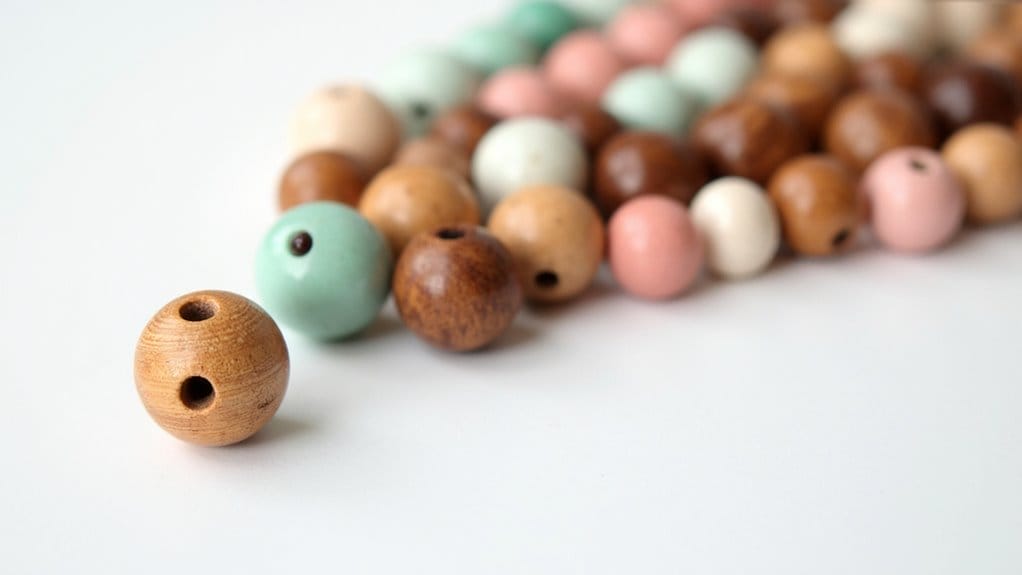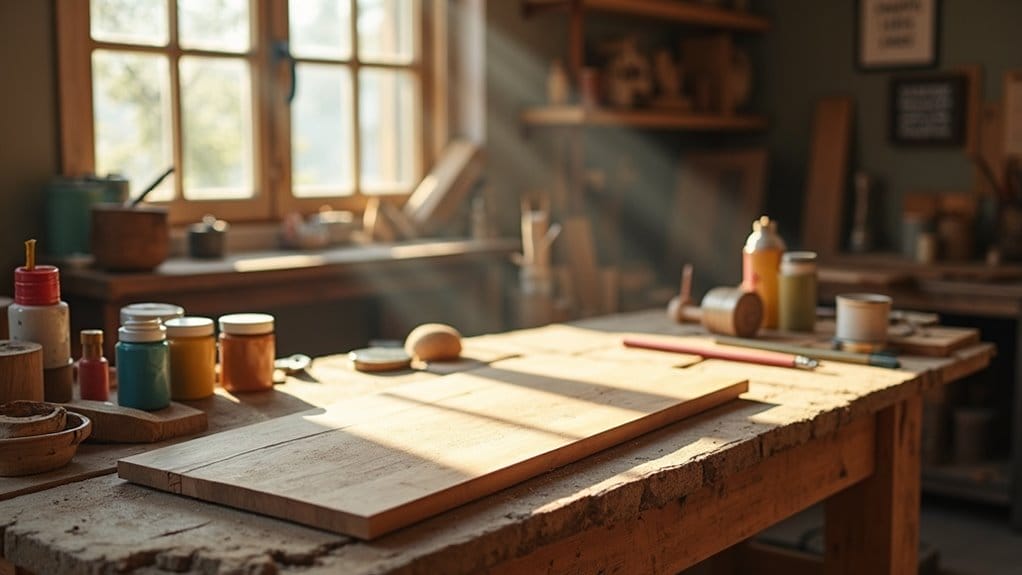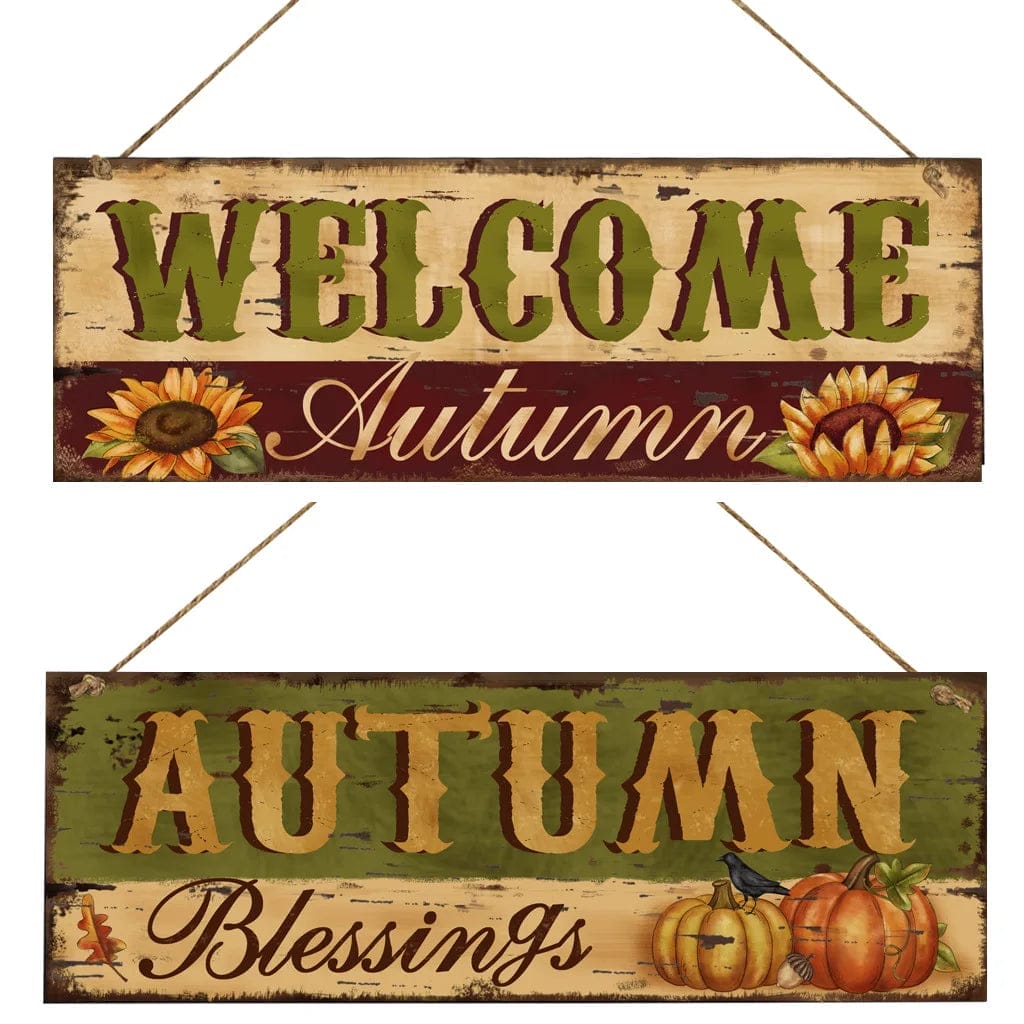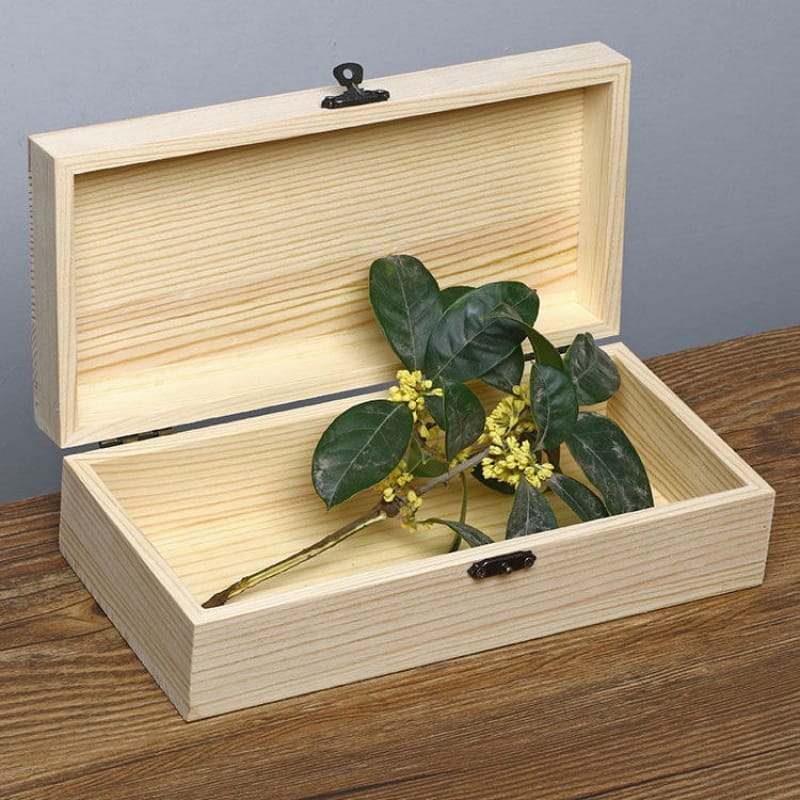You’ve probably handled countless popsicle sticks without giving much thought to their composition. These seemingly simple wooden implements are crafted primarily from birchwood, a material that’s far from random choice. Behind this selection lies a fascinating blend of food safety requirements, manufacturing efficiency, and environmental considerations. Understanding the specific properties of birchwood reveals why it’s become the industry standard for frozen treat sticks and what makes it uniquely suited for this purpose.
Key Takeaways
- Popsicle sticks are primarily manufactured from birchwood, selected specifically for its food-grade safety properties.
- Birchwood’s smooth, tight grain structure prevents splinters and bacterial growth, making it ideal for food contact.
- Some manufacturers also use willow wood as an alternative material for popsicle stick production.
- The wood undergoes steaming, slicing, and die-cutting processes to create uniform, food-safe sticks.
- Birchwood is chosen for its natural durability, taste neutrality, and excellent strength-to-weight ratio.
What Type of Wood Are Popsicle Sticks Made of?

Popsicle sticks are primarily manufactured from birchwood, a material chosen for its unique combination of properties that make it ideal for food-grade applications.
You’ll find that birch wood offers superior smoothness, preventing splinters while providing a clean, safe surface for your frozen treats. This sustainable material is naturally biodegradable, making it an environmentally responsible choice.
While you might occasionally encounter variations made from plastic or other woods, birch remains the industry standard for popsicle sticks due to its food safe characteristics, durability, and ability to maintain structural integrity without affecting the taste of your frozen desserts.
Manufacturing Process of Popsicle Sticks
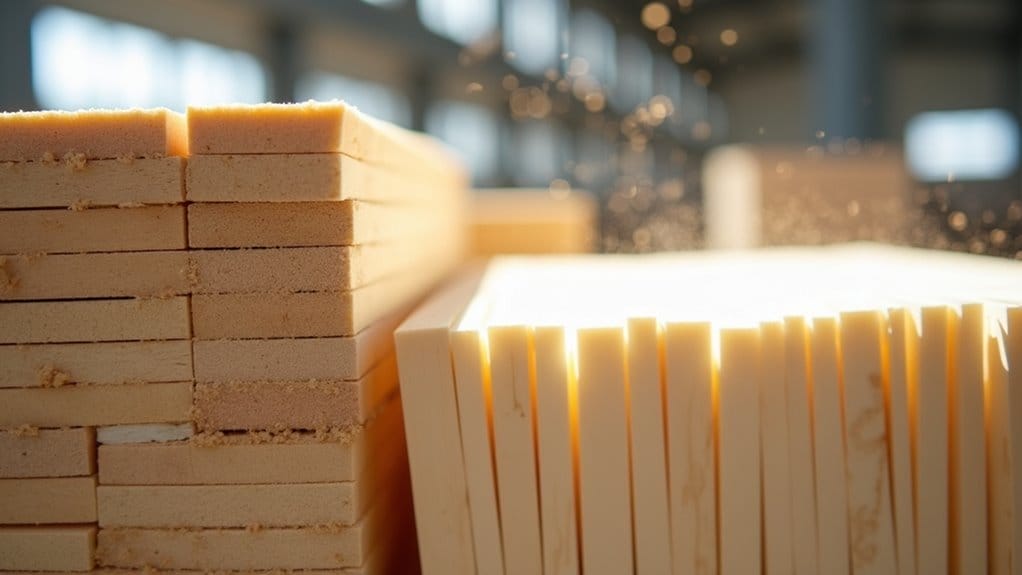
The manufacturing of popsicle sticks begins with selecting high-quality birch or willow logs that undergo precise cutting and debarking processes to guarantee food safety standards.
You’ll find that these wood sections are then steamed, sliced into thin veneers, and die-cut to create uniform sticks that meet strict dimensional requirements.
The finished sticks undergo rigorous quality control measures, including moisture content testing and sanitization procedures, before being packaged in controlled environments that maintain their food-grade status.
Methods of Making Popsicle Sticks
Manufacturing wooden popsicle sticks involves five primary stages: debarking, cutting, shaping, smoothing, and sterilization.
You’ll find that birchwood logs first undergo mechanical debarking in specialized machines. The production method then involves cutting these logs into thin sheets using high-precision blades.
These sheets are shaped into uniform sticks through automated die-cutting processes. To guarantee food safety, the sticks go through intensive smoothing to eliminate splinters.
Finally, they’re sterilized at high temperatures, making them durable and safe for consumption. This environment-friendly process creates biodegradable sticks that meet strict quality standards.
Safety Standards in Production
Strict safety protocols govern every step of popsicle stick production, building upon the standard manufacturing stages.
You’ll find that birchwood processing follows rigid food-safe guidelines, guaranteeing non-toxic materials reach consumers. Quality control teams monitor each phase, from raw material selection to final packaging.
Environmental testing validates the wood’s purity, while specialized equipment maintains sterile conditions throughout production.
You’re protected by multiple inspection points that verify compliance with food safety standards. Regular audits guarantee consistent quality, and third-party certifications confirm that your popsicle sticks meet or exceed industry requirements for consumer safety.
Environmental Impact of Wood Sourcing
While sustainable forestry practices guide popsicle stick production, manufacturers must carefully balance wood sourcing with environmental preservation. To achieve this balance, manufacturers often engage in partnerships with responsibly managed forests, ensuring that their sourcing does not contribute to deforestation or habitat loss. Additionally, many companies are now focusing on craft sticks in bulk purchasing to minimize waste and improve efficiency in their production processes. This approach not only supports sustainable practices but also helps to keep costs manageable for both manufacturers and consumers.
You’ll find that birchwood, the primary material, offers eco-friendly benefits through its renewable resource status and biodegradable properties. The fine grain structure guarantees minimal waste during processing, while managed forests maintain a steady supply without depleting natural resources.
Modern harvesting techniques prioritize safety and sustainability by selecting mature trees and implementing immediate replanting strategies.
This careful approach protects local ecosystems, maintains biodiversity, and guarantees a continuous supply of high-quality wood for future production needs.
Benefits of Using Birch Wood

When you examine birch wood’s properties for food contact applications, you’ll find its smooth, tight grain structure prevents food particles from becoming trapped while remaining tasteless and splinter-resistant.
The wood’s natural strength-to-weight ratio offers excellent durability for popsicle sticks, withstanding the freezing process and consumer handling without compromising structural integrity.
Birch’s rapid growth cycle and biodegradability make it an environmentally responsible choice, as the material naturally decomposes after disposal while maintaining a sustainable harvest-to-production cycle.
Advantages for Food Contact
Birch wood’s natural properties make it an ideal material for food contact applications in popsicle sticks.
You’ll find that birchwood’s smooth texture prevents food particles from becoming trapped while maintaining a non-toxic, food safe surface for your frozen treats.
The wood’s natural durability guarantees it won’t splinter during use, yet it remains biodegradable after disposal.
Its fine grain structure creates a barrier that’s resistant to bacterial growth, while its neutral composition won’t alter food flavors.
When you’re enjoying a popsicle, you can trust that birchwood’s properties are actively working to keep your frozen treats safe and enjoyable.
Durability and Strength
Although many wood types are suitable for popsicle sticks, the structural integrity of birchwood sets it apart as a superior choice.
You’ll find that birchwood’s durability and strength make it ideal for frozen treats while maintaining food safe properties.
- Birchwood’s dense fiber structure prevents unexpected breaks during use
- The wood’s smooth texture eliminates splinters while maintaining structural integrity
- Its non-toxic composition guarantees safety while delivering superior strength
- The material remains biodegradable despite its robust durability
These characteristics guarantee you’re getting a popsicle stick that’s both strong enough to support frozen treats and safe enough for direct food contact, making it the industry’s preferred choice.
Eco-Friendly Aspects
Beyond its structural advantages, the eco-friendly properties of birchwood make it a sustainable choice for popsicle stick production.
You’ll find that birchwood naturally biodegrades, reducing environmental impact compared to plastic alternatives. As a renewable resource, it’s sustainably harvested and replanted, ensuring continuous availability without depleting forest resources.
The non-toxic nature of birchwood makes it inherently safe for food contact, requiring no chemical treatments that could harm the environment.
It’s also energy-efficient to process, as its soft texture demands less power during manufacturing. These characteristics align with modern eco-conscious manufacturing practices while maintaining the high safety standards required for food-grade products.
Common Uses of Popsicle Sticks

Popsicle sticks serve multiple functions beyond their original frozen treat purpose, with culinary applications ranging from cake pop holders to food markers in professional kitchens.
You’ll find these versatile wooden implements extensively used in craft and DIY projects, including picture frames, jewelry boxes, and architectural models.
Educational settings frequently incorporate popsicle sticks into STEM activities, where students construct bridges, learn basic engineering principles, and develop spatial reasoning skills through hands-on projects.
Culinary Applications
Three primary culinary applications make wooden popsicle sticks indispensable in food preparation and service. The birchwood composition provides food safe properties that enhance your culinary creations through excellent moisture control and thermal regulation.
- Use as flavor testers in professional kitchens, allowing chefs to sample sauces and ingredients hygienically.
- Insert into frozen desserts, where the biodegradable material provides perfect temperature control.
- Serve as appetizer picks or garnish holders, leveraging the wood’s natural ability to grip foods.
- Function as portion markers in baked goods, maintaining structural integrity at varying temperatures.
Craft and DIY Projects
While birchwood popsicle sticks excel in culinary settings, their versatility shines brightest in craft and DIY applications.
You’ll find these wood sticks perfect for creating custom picture frames, jewelry boxes, and decorative wall art. Their smooth texture and uniform size make them ideal building blocks for architectural models and miniature structures. In addition to crafting, these premium wooden ice cream sticks are also excellent for educational projects and DIY activities with kids. Their lightweight nature allows for easy handling, making them perfect for imaginative creations. You can experiment with colors and finishes to personalize your projects even further.
Birchwood’s safe, splinter-resistant nature guarantees a worry-free craft experience, especially when working with children.
You can paint, stain, or varnish these sticks to achieve your desired finish. Their strength allows for secure gluing and stacking, making them reliable materials for both simple and complex projects.
Educational Purposes
Beyond their craft applications, birchwood popsicle sticks serve as invaluable teaching tools in educational settings.
These food-safe, biodegradable implements help students grasp fundamental concepts through hands-on learning.
- Create architectural models to demonstrate structural engineering principles, utilizing the smooth texture and durability of birchwood.
- Explore water absorption rates in science experiments by measuring how different liquids affect the sticks.
- Study environmental sustainability through discussions about biodegradable materials versus plastics.
- Build mathematical concepts by using sticks as counting aids, geometry tools, and fraction demonstrators.
The versatility of popsicle sticks makes them essential resources for interactive education across multiple subjects.
Frequently Asked Questions
How Long Does It Take for a Popsicle Stick to Decompose?
You’ll find that popsicle sticks typically decompose within 1-6 months when properly exposed to natural elements. The decomposition rate depends on your storage conditions, moisture levels, and whether you’ve composted them actively.
Can Popsicle Sticks Be Reused for Crafts After Washing?
Yes, you can reuse popsicle sticks for crafts after thoroughly washing and drying them. You’ll need to sanitize them with warm, soapy water and guarantee they’re completely dry to prevent warping or mold growth.
Are Popsicle Sticks Treated With Any Chemicals Before Use?
You’ll find that food-grade popsicle sticks undergo minimal chemical treatment. They’re primarily sterilized through high-temperature processing and may receive a light mineral oil coating to guarantee food safety and splinter prevention.
What Temperature Can Popsicle Sticks Withstand Before Becoming Damaged?
You’ll find that popsicle sticks can withstand temperatures from -18°C to about 85°C before showing signs of damage. Beyond these limits, you’ll notice warping, splitting, or deterioration of the wood’s structural integrity.
How Many Popsicle Sticks Can One Birch Tree Produce?
You’ll get approximately 2,000-3,000 popsicle sticks from a mature birch tree, depending on its size and quality. This calculation accounts for the tree’s usable lumber after processing and standard stick dimensions.
Conclusion
You’ll find that popsicle sticks are manufactured from high-grade birchwood, selected for its superior food-safe properties and splinter-resistant characteristics. The wood’s tight grain structure prevents bacterial growth, while its neutral taste profile won’t affect frozen treats. When you’re examining these sticks, you’ll notice their smooth texture and durability, making them ideal for both culinary and craft applications beyond their primary frozen dessert function. In addition to their practical uses, the popsicle sticks material composition ensures that they are environmentally friendly, as birchwood is a renewable resource. Their versatility allows for creative projects, from homemade crafts to innovative cooking techniques, appealing to both children and adults alike. As a result, they have become a staple item in kitchens and art supplies across the globe.






